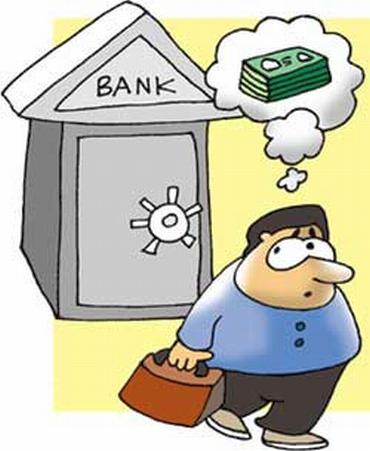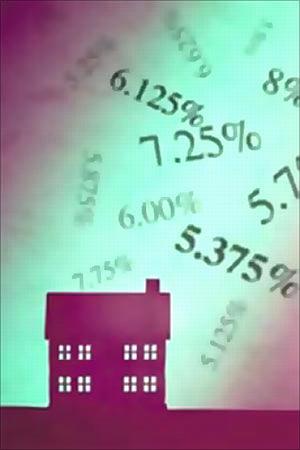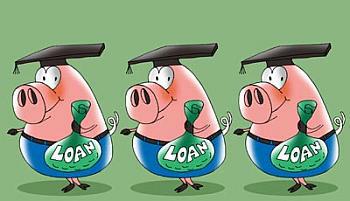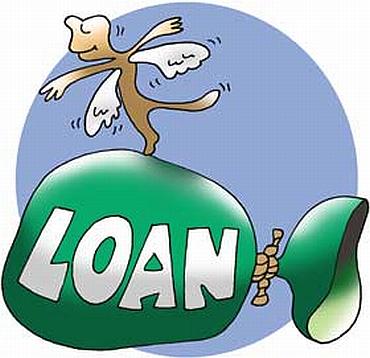
Home loan providers offer a myriad of loans that are designed to fulfil the diverse needs of home buyers. But, before opting for the right one, it is important to understand the most integral part of any loan, and that is, its equated monthly installment, EMI. So what is this EMI and how is it calculated?
InvestmentYogi demystifies this important aspect synonymous with home loans, its working and impact on home loan borrowers.
What is an EMI?
The equated monthly installment, or the EMI, is the amount of money borrowers pay, each calendar month, to the lender, for clearing their outstanding loan.
EMI payments are made every month generally on a fixed date, for the entire tenure of the loan, till the outstanding amount is completely repaid.
EMI break-up
The EMI is an unequal combination of the principal and interest. In the initial years of the loan, a major portion of the EMI comprises of the interest. As the loan matures, and as the principal gets paid, the outstanding loan amount reduces.
The interest component thus becomes lower than the principal, and finally minimal. The EMI, though, stays as a constant amount each month, except in the following cases:
When the borrower prepays a part of the loan, the lump-sum amount prepaid gets adjusted against the outstanding principal balance, thereby reducing the EMI. The borrower in this case also has an option of maintaining the EMI while increasing the loan tenure.
If the borrower has opted for a floating rate loan, fluctuations in home loan interest rates during the loan tenure will alter the EMI.
Click NEXT to read what determines your EMI...

The EMI of a home loan is determined by the following four factors:
Click NEXT to different methods of computation...

Annual reducing method: Though the EMI is paid monthly, the adjustment of principal and interest is made at the end of the year. The main drawback of this method is that borrowers continue to pay interest on a portion of the principal that has already been paid back to the lender.
Monthly reducing loans: The better and most common method, it reduces the principal with every EMI paid, each month. The interest is calculated on the outstanding balance.
Daily reducing loans: Reduces the principal every day, with daily loan payments. Interest is charged on the outstanding balance. Practically, of course, such daily payments are not feasible, hence this method isn't popular.
Click NEXT to read how to calculate EMIs...

Mathematically, EMI's are computed using the formula mentioned below.
EMI = (Loan amount x interest) x (1 + Interest)^n / [(1 + Interest)^n] 1
Interest = (per cent rate)/12
n = Loan period in months
For example, let's calculate the EMI for a loan of Rs 10,00,000 at 9 per cent per annum interest rate and loan tenure of 15 years.
Loan amount = Rs 10,00,000
Monthly interest = 0.09/12 = 0.0075
n = 15 years, that is, 180 months
EMI = (10,00,000 X 0.0075) X (1+0.0075)^180 / [(1+ 0.0075)^180]-1
EMI = Rs 10,142.67
This EMI of Rs 10,142.67 is a combination of both the interest and principal portion of the loan, to be paid every month.
Click NEXT to read about loan amortisation...

The loan amortisation schedule is a table containing home loan information such as period of scheduled payments, amount borrowed and amount outstanding. It also details the breakup of every EMI towards repayment interest and the outstanding principal of the loan.
The amortisation table is prepared with the use of financial mathematics by financial institutions. It could help borrowers make vital decisions about their loan, on prepayment or refinance. It also provides details of interest for tax related benefits.
Step-up EMI and step-down EMI
A step-up EMI is offered by many lenders, envisaging future increase in income of the borrowers, over a period of time.
Effectively, in such a facility, the borrower initially pays lesser EMI and gradually over time with increase in income, the EMI too increases. The change in EMI would be done twice during the entire loan tenure.
In a step-down EMI, the EMI is structured in such a way that the first year it is at its highest, and gradually reduces each year.
Click NEXT to read about pre-EMI and advance disbursements...

Home loan borrowers sometimes seek a partial disbursement of their home loan on the basis of the stages of construction of their house. In such cases, a pre-EMI is to be paid, every month till the final loan is disbursed. The real loan repayment would commence only after the entire loan is disbursed. This pre-EMI would therefore comprise of only the interest accrued on the disbursed money.
Also, in some cases, the entire loan may be disbursed by lenders, before the completion of house construction. This is known as an advance disbursement and is undertaken by the lender if:
In this case, the EMIs would start immediately from the date of disbursement.
Click NEXT to read about EMIs on fixed and floating rate of interest...

EMI on fixed rate of interest
Fixed interest rate loans, charge a steady interest rate throughout the tenure of the loan. The EMI therefore remains constant during the tenure of the loan. It is generally better to opt for a fixed rate only when the prevailing interest rates have reached rock bottom levels and if an upward trend is anticipated.
EMI on floating rate of interest
Floating rates, move with the market lending rates and thus prone to fluctuations. The EMI would increase or decrease depending on the interest rate movement. Alternatively, banks may also provide an option to increase the tenure of the loan, at a constant EMI, for borrowers who do not desire their EMI to be increased in case of higher interest rates.
Click NEXT to read how you can plan your EMIs...

A home loan is a long term decision for borrowers. It therefore pays to keep in mind the following points:
Consider the various personal milestones before committing to any lender. Expenditures on an additional family member, children, etc. should be factored in when deciding on your EMI.
Financial institutions offer various schemes to attract potential borrowers. One must read the fine print of the documentation carefully to understand the effective rate of interest and other terms and conditions of the loan.
One should avoid stretching beyond one's capacity to pay. Factor in for interest rate fluctuations and other debt obligations, when arriving at the EMI.
With uncertainties in life and job, it may be better to repay one's debt sooner. Consider the prepayment option if possible, to reduce the debt obligation.
Avoid EMI defaults, by keeping in mind the date at which the EMI is to be paid. Maintain an adequate balance in your account on the relevant date so that the EMI payment is made successfully.